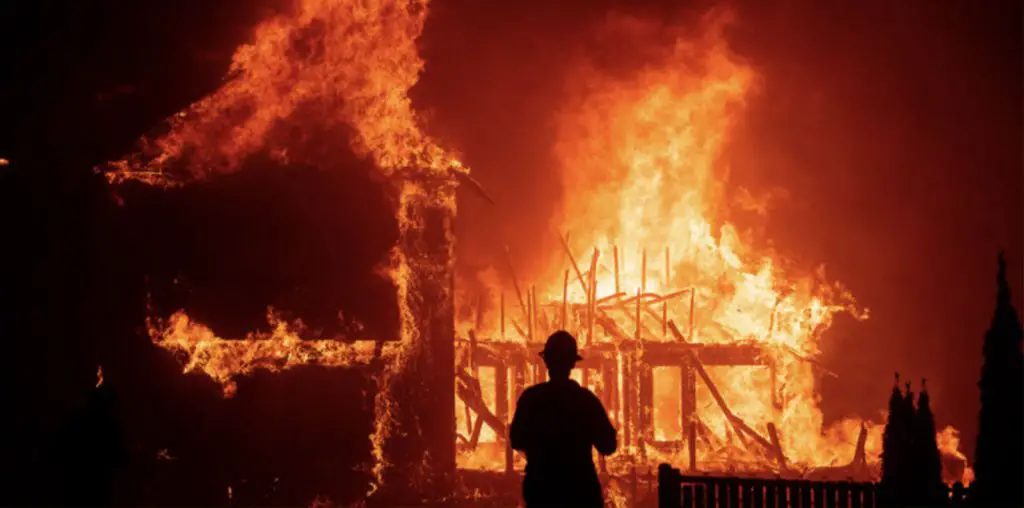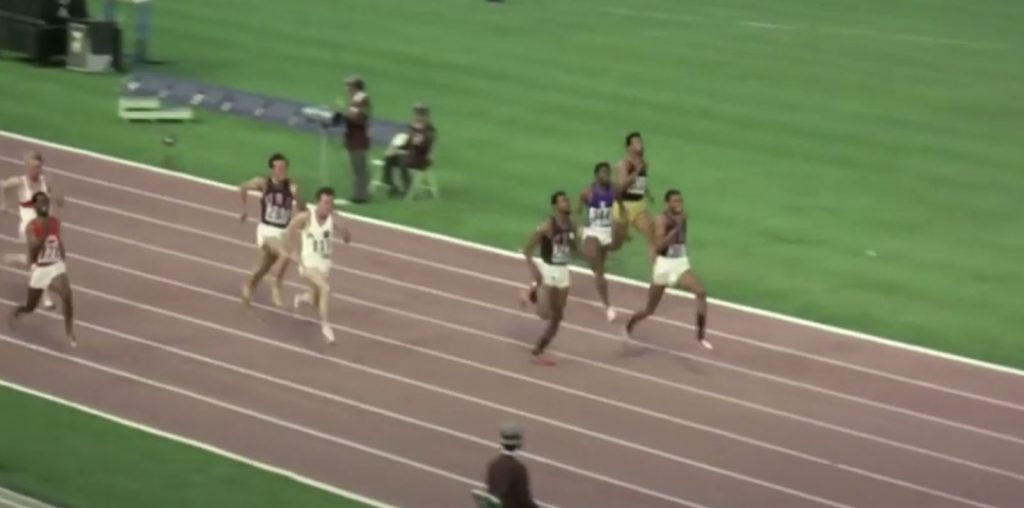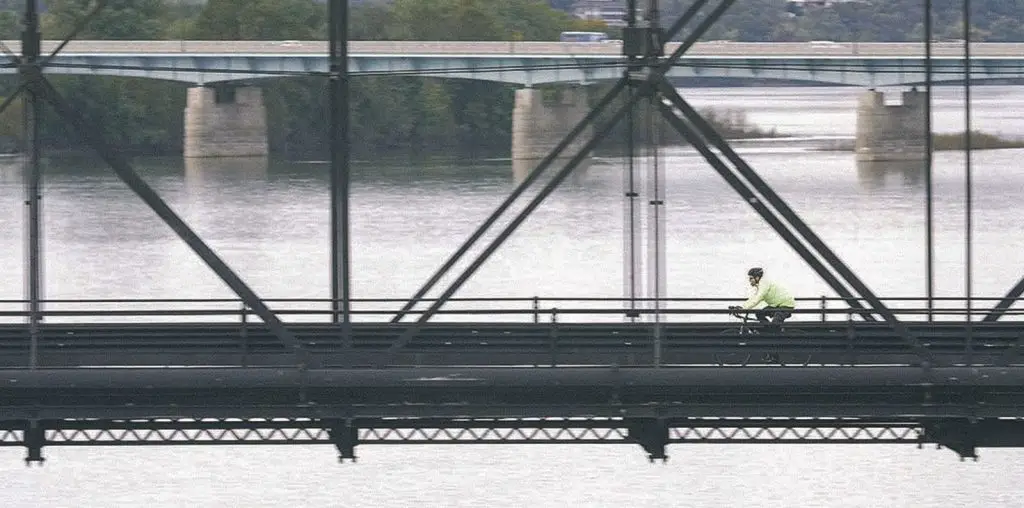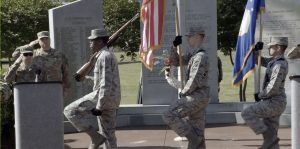
Most of us know about the 1979 Iranian hostage crisis from Ben Affleck’s Oscar darling Argo, which focused on a C.I.A. agent’s covert and highly elaborate operation to smuggle American hostages out of the country. Barbara Kopple’s riveting documentary Desert One recounts another secret mission, a daring rescue attempt that resulted in tragedy. One of the chief factors that makes her film so compelling is how she views the crisis from both the U.S. and Iranian perspectives, both the hostages and their captors. This makes for one of the most well-rounded, visceral, not to mention entertaining documentaries of its kind that’s come out in a while.
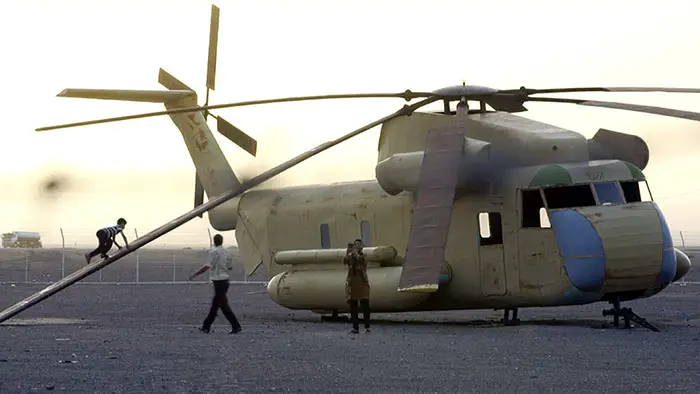
“…the U.S. embassy got stormed, and Americans were bound, blindfolded, and taken hostage.”
A complex situation is revealed in a clear, intuitive fashion. By the time Jimmy Carter was inaugurated in 1977, the Iranian population’s resentment against the US-backed Shah, Mohammad Reza Pahlavi, had reached its apotheosis. Imam Khomeini became the leader of the opposition. “He destroyed our country and instead built up our graveyards,” Khomeini proclaims about the Shah. A massive revolt broke out, the U.S. embassy got stormed, and Americans were bound, blindfolded, and taken hostage.
Carter had a lot to prove. A robust Delta force was swiftly assembled. A complicated plan was formulated, involving a chopper that would bring the hostages to a spot in the desert, the titular Desert One, where a refueling would take place. Things didn’t end up going according to plan (the less revealed here, the better). During their escape, an RH-53 helicopter trying to get out of Desert One ran into a C-130 plane. As Mark Bowden so eloquently puts it in his 2006 article for The Atlantic, “the fireball in the Iranian desert took the Carter presidency with it.” To this day, Iranians celebrate the anniversary of “the shameful American defeat.”
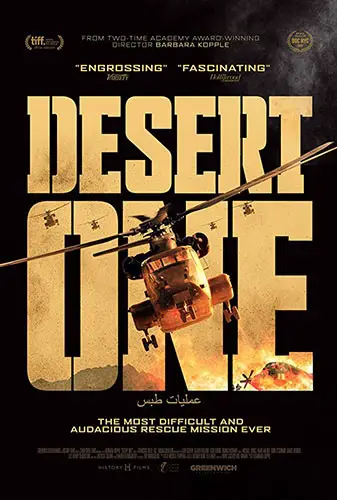
"…I will not be surprised if the living legend brings another golden statuette home this year."
